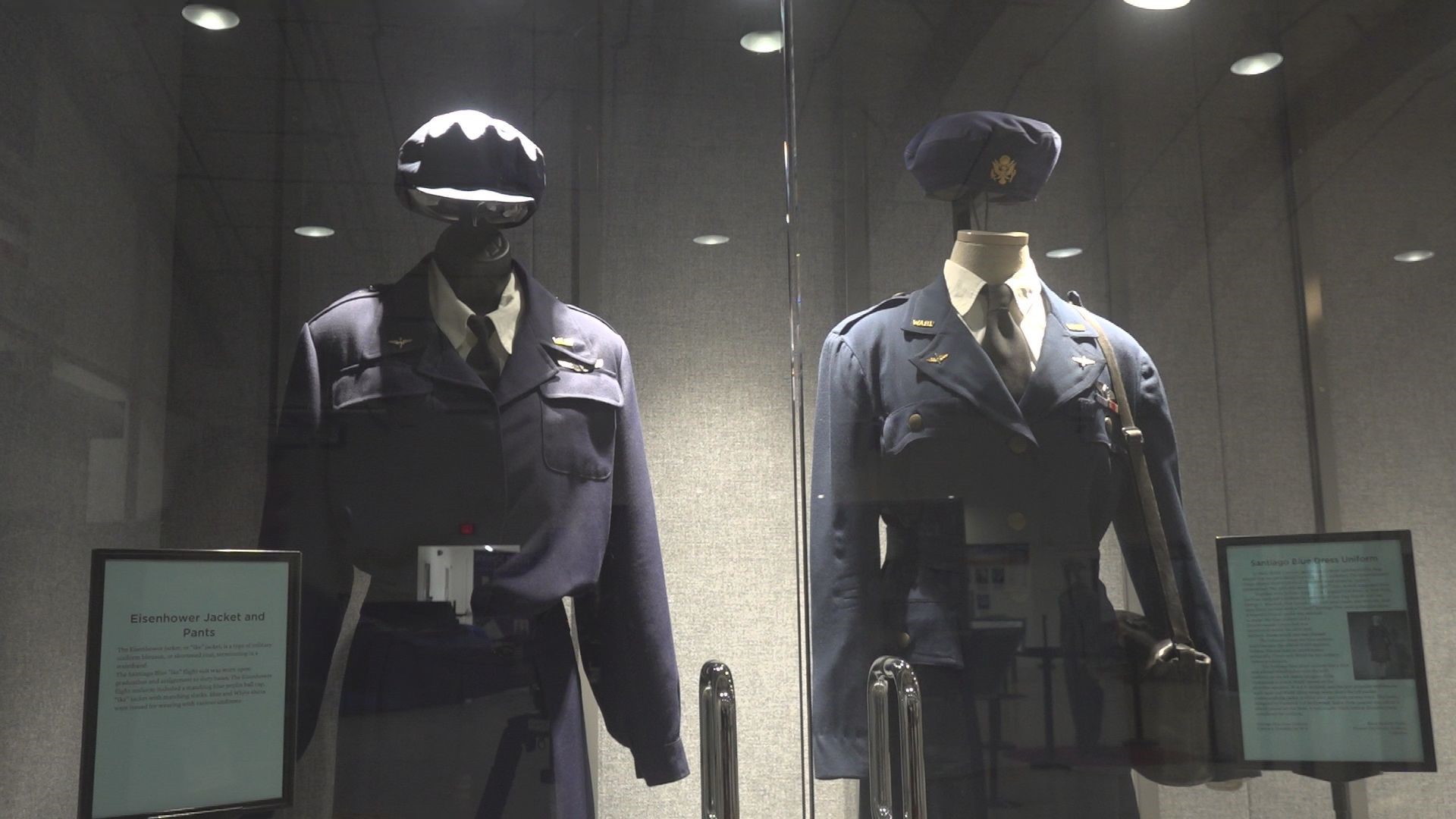SWEETWATER, Texas — During World War II, Air Force General Henry "Hap" Arnold knew that the war would be won or lost in the air.
This meant there would be shortage of male pilots here in the U.S. for aviation-related services, but luckily a solution would present itself.
“There were women who stepped up and said, ‘we’re pilots, we can do your stateside things,'" said Lisa Taylor, executive director at the National WASP WWII Museum. "They were turned down multiple times, but eventually they were heard and the program started. It got started in late 1942.”
The program became known as the Women Air Force Service Pilots program, or WASP for short.
The training for the program was done in Sweetwater, Texas at the Avenger Field Airport.
These women came from all walks of life, but what united them was the desire to serve their country through their love for aviation any way they could.
“They ferried aircrafts, they towed targets for live gunnery practice, they did test flights for airplanes that needed to be repaired and had just been repaired, strafing missions, they would carry non-flying personnel, just anything that had to be done within the U.S.,” said Taylor.
Even if at the time they technically weren’t a part of the military, and therefore wouldn’t get the same benefits, that didn’t stop them.
The legacy of the WASPs is more than just helping out during wartime.
They led the way for all women in the country to eventually enter the aviation industry, and even fly combat missions in the military later down the road.
“Every story has a beginning, and this is that beginning of women in aviation," said Taylor. "And by them coming in and opening those doors, now we have four generations of women who have come after them.”

